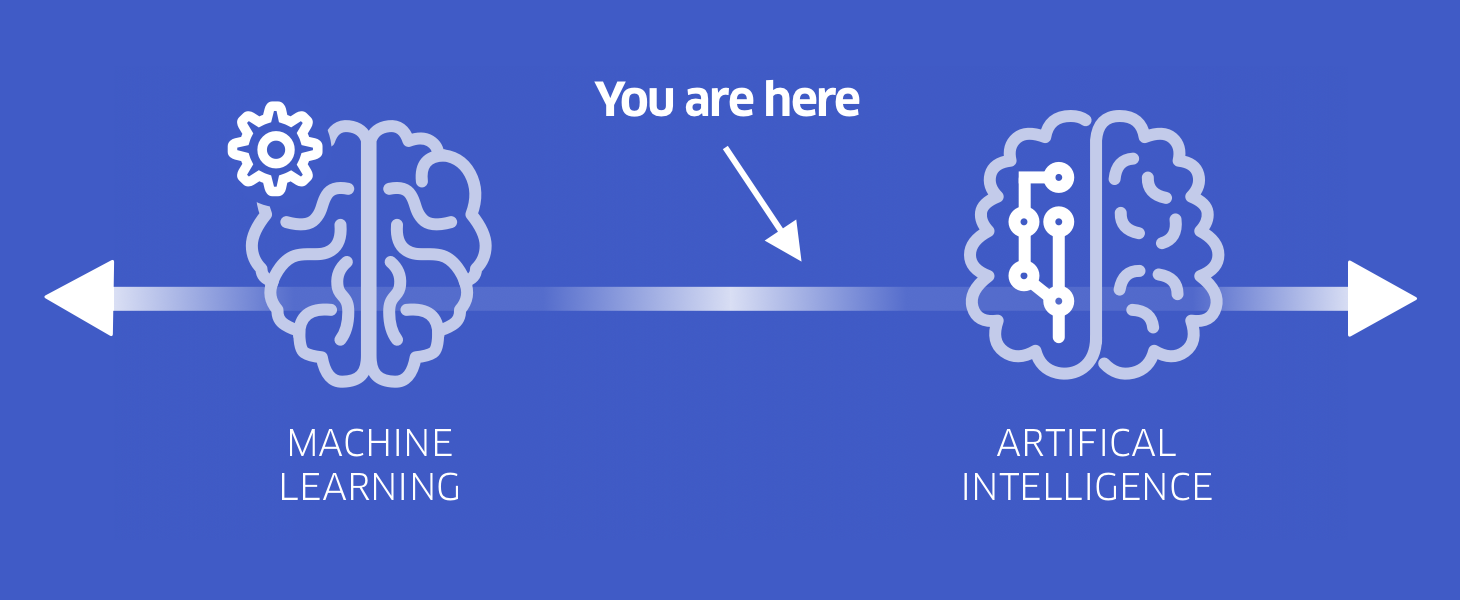
As in many other fields, there seems to be a lot of talk in the collections software arena these days about ‘Artificial Intelligence’ (“AI”) as well as some very liberal interpretations of what exactly that does and doesn’t mean. The term is also often arbitrarily interchanged with ‘Machine Learning’ (“ML”) to make it indistinguishable. Such is the hype, some pundits would have you believe that we are close to the day where you can fire all your collectors and your ‘collection system’ will gracefully process, prioritize, contact, negotiate and collect your overdue accounts for you in the most effective, low cost and compliant manner possible (good luck convincing the regulator on that one).
I first collected overdue accounts 38 years ago, when the ‘collection system’ was a ledger card with a customer’s name, phone number, payment amount and balance, a colored tab denoting the due date, and space on the back to write up the action/result. I’ve been directly or indirectly involved in collections or collections software ever since. As such, I’ve been around collection systems long enough to know that defining what something is, or means, is entirely dependent upon who is doing the talking and who the audience is. At one extreme, AI may simply mean the collection system has a basic rules-based function that will sort the relative priority of a group or segment of overdue accounts and allocate them to specific individuals or teams based on account status and appropriate skills. At the other extreme, it could mean that the collection system analyzes every single outcome of collection activity and automatically makes periodic, systematic adjustments to collection workflow, rules and automated work allocation/actions with no human intervention at all, which in my opinion is very much center of ‘Machine Learning’ territory.
So, what are some practical, current day applications of AI in collections software systems and where are we at and heading to here at Telrock? At the heart of our flagship collections platform, Optimus, is an extensive and extensible collections database schema designed by experts who have designed, developed and implemented collections software systems for more than 25 years. Among other things, all of that data (which includes a limitless number of risk scores or attributes) can be leveraged by integral workflow, rules and work queue management functions and thus affords our clients the ability to replicate their organization’s chosen practices within Optimus. Further, and by way of example, that data, along with prior action and result data in combination with rules, can systematically identify and prompt the next best action to take on an account (be that an automated next action or an action to be taken by an agent), identify and prompt for optimum payment amounts both to agents and to consumers accessing Optimus’ self-serve portal and identify and prompt for regulatory mandated consumer disclosures/’mini-miranda’ when accounts are presented to agents to engage with consumers.
A logical extension of these capabilities is the ability to deploy multiple challenger strategies to further refine strategy based on prior outcomes. These are just a few illustrative examples of where some functions within the collection software are systemically making the expertise of a few (the strategists and collections domain experts) available to the many (the agents) and thus to an extent, represent modest and to be expected examples of AI at work in a collection software system.
So, what’s next? On our immediate roadmap we have several enhancements that will bring AI to bear more. In addition to ‘agent chat’, where consumers visiting Optimus’ 24x7x365 secure self-serve portal can chat with live collection agents, we will be providing a chatbot that will leverage IBM’s Watson Service Assistant Service (itself an example of Machine Learning enabled AI). The goal is to leverage machine learning technology to better interpret and understand the customers’ intent (“intent detection”) so as to return better and more appropriate automated responses outside of live agent hours. The end result is to provide a more conversational, natural and thus engaging experience for consumers than might otherwise be afforded by more binary keyword matching, and thus allow higher levels of successful automated engagement before needing to switch to a live agent. We also plan to utilize the same approach for intent detection to enhance current keyword matching in Optimus’ embedded automated 2-way SMS engagements.
To summarize, beneficial applications of AI are readily achievable in modern, built for purpose collection systems. Here at Telrock, we are investing in practical enhancements to advance AI in collections and partnering with other leading organizations to make that happen. At the same time, we are researching practical initiatives that potentially advance our solutions further along the AI – ML continuum. It is the ongoing goal of Telrock to continually provide a “smarter”, more intelligent collections software platform, while recognizing that collections is still a people business that requires empathy and a personal touch.
Want to know more about Optimus? Email us at info@telrock.com
About the author:
Dale Williams is CEO of Telrock Systems.
View Dale’s LinkedIn Profile.
Send Dale an email.




